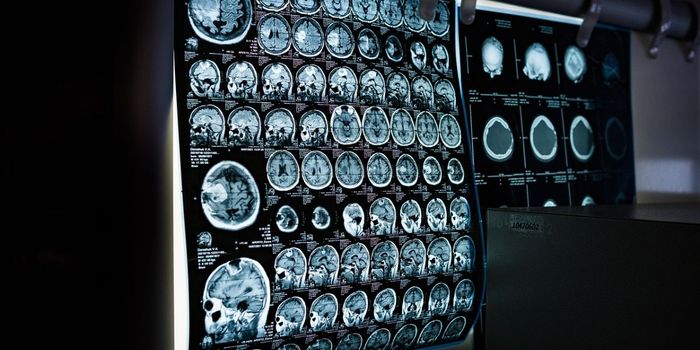Why Fear Memories Can Persist in the Brain
People have to experience fear so they can learn to avoid dangerous situations. But some memories can be more persistent than others. Traumatic events may lead to excessive fear responses that persist even when they aren't relevant, and problems like post-traumatic stress disorder or anxiety. Researchers have now identified a cellular mechanism that boosts the storage of fear memories in the brain. Some people are more likely to have pathological fears, and it seems that is related to how the brain processes memories of fear. These findings, which were reported in Molecular Psychiatry, have provided insight into the biological basis of disorders related to anxiety and alcohol dependence.
There are some regions of the brain that are known to play a role in memories of fear. For example, when a threat is experienced, the amygdala is activated, along with the prefrontal cortex, which is involved in the regulation of emotions.
The network of neurons that link the frontal lobes to the amygdala is known to be involved in fear responses, and in people with PTSD and other anxiety disorders, those connections are altered, explained study leader Estelle Barbier, an assistant professor at Linköping University. Now scientists have revealed more about the process.
An enzyme called PRDM2 is known to help reduce gene expression by changing epigenetics, tags that alter gene activity without affecting the sequence of DNA. Levels of PRDM2 are known to be reduced in patients with alcohol dependency. They also influence exaggerated stress responses.
In this study, the investigators were interested in how a reduction in PRDM2 levels affect the processing of fear memories.
When memories form and are made to last over the long term, they are preserved in a process known as consolidation. This research has suggested that lower PRDM2 levels cause an increase in the consolidation of memories that are related to fear.
“We have identified a mechanism in which increased activity in the network between the frontal lobes and the amygdala increases learned fear reactions,” noted Barbier.
This work also revealed the genes with altered expression when PRDM2 levels are low, and the changes cause an increase in the activity of neurons that link the frontal lobes to the amygdala.
While the study has identified a mechanism that explains how PRDM2 down regulation can influence fear memories, there is no way to target PRDM2 right now. However, it can explain why anxiety and alcohol dependence often occur together, said Barbier. “Patients with anxiety disorders may benefit from treatments that weaken or erase fear memories."
This study can show how to create those treatments.
The video above outlines another study related to the amygdala and fear memories.
Sources: Linköping University, Molecular Psychiatry









